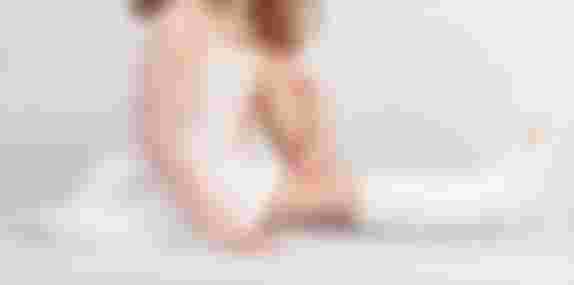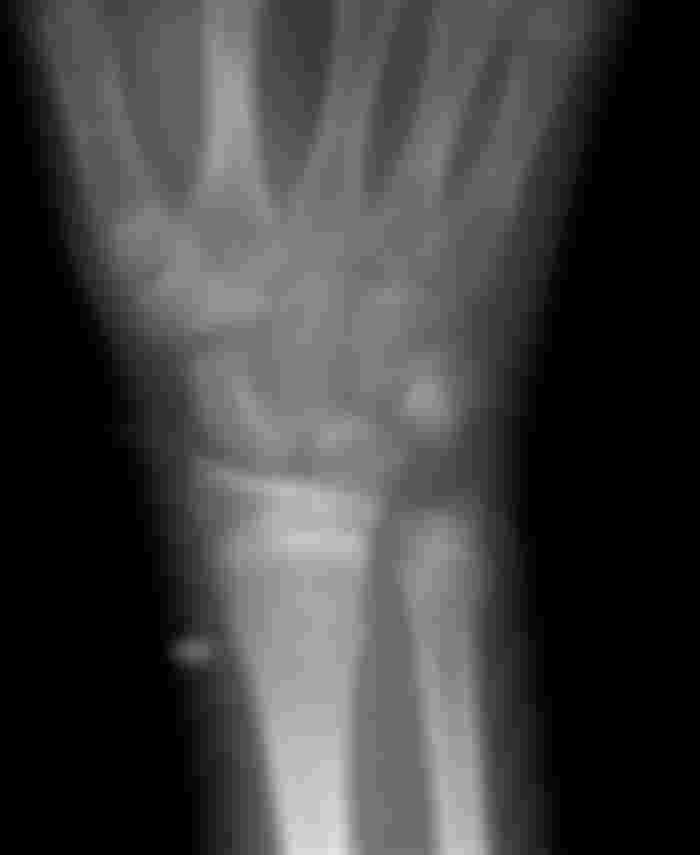
Children's bones are flexible like the branches of a young tree. This means that they do not split as easily as the harder, more calcified bones of an adult. But this is not to say that children's bone fractures are rare or unimportant.
A splinter type fracture is the most common in children; Rather than breaking completely, the bone humps and makes a point protrude, like a half-split piece of wood.
In this type of fracture, there is not much damage to the surrounding tissue. Another type of fracture, the simple one, is one in which the bone breaks in one place. In compound fracture, the bone, breaking completely but unevenly (as with tiny teeth), breaks through the skin and can break blood vessels and tissues.
Fractures always require immediate medical assistance. The bone must be put in place as soon as possible and correctly; Any damage to nearby organs or tissues must also be repaired quickly. If the bone is exposed to air because it breaks the skin, there is also a risk of infection.

The most obvious symptoms of a fracture are: pain, swelling, and bruising near the injury site, possible deformation of the damaged area, and an inability to move the affected area normally or without pain. If you see the bone coming through the skin, immediately call an ambulance. If you believe there is a fracture, but there is no tearing of the outer skin, transport the child yourself, Without delay, to an emergency room.

If the damaged limb bends, do not try to straighten it. If there is a wound or the bone comes out, protect it by wrapping it in sterile gauze. Do not touch the wound or try to clean it; thus, it could cause much more harm than good. If the child is unable to move the affected area or is very painful while doing so, immobilize the joints that are near the injury to prevent the fracture from getting worse. If the injury is to an arm, put it in a sling; If it is on one leg, tie both knees and both ankles together so that the good leg supports the broken leg. Until the doctor arrives, you should not give your child anything to drink or eat, as if anesthesia is necessary, this could delay its effect. If possible, hold the affected area up high and fully immobilize it.
The doctor will take an X-ray to estimate the extent of the fracture and take appropriate treatment measures. Depending on the severity of the fracture, these measures can range from casting to tractions.

If your child has to wear a cast for several weeks, do your best to keep the cast dry and help him continue his life normally, but avoid exercise, play, and movements that may harm you.
Almost all bones in a cast heal in about 6-10 weeks. If your child has to stay in the hospital with traction, bring toys and books to entertain him. Encourage your little friends to come visit you (this will make you feel like a very important person) and try to be with him as long as possible.
Let's take care of our children.



